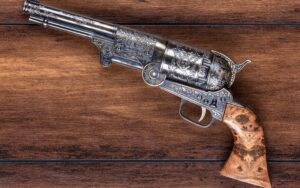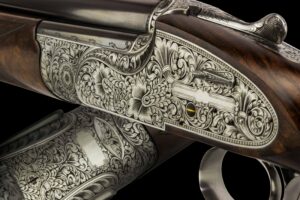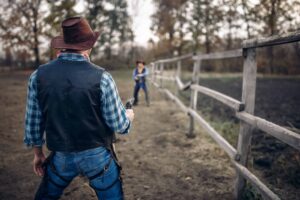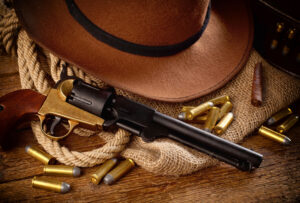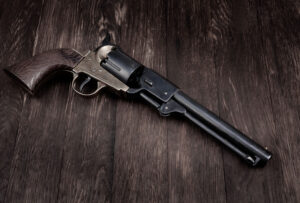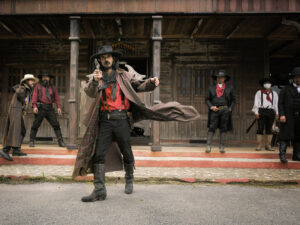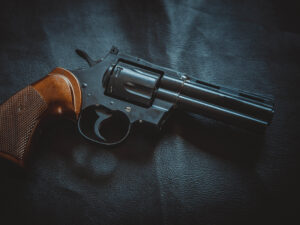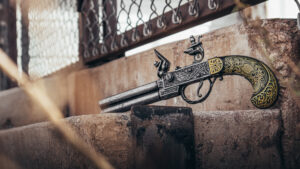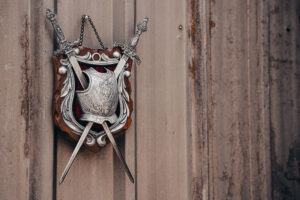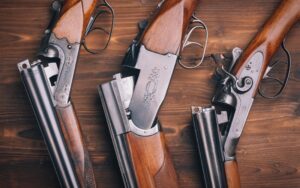
Recreating History: How Museums Use Replica Weapons for Interactive Learning
Museums do more than preserve the past—they help us experience it. One powerful way they achieve this is through the use of detailed, historically accurate replica weapons. These pieces aren’t just props; they’re tools that help tell stories, educate visitors, and make history feel real. Why Use Replicas in Museums? Original weapons are often too rare, delicate, or valuable to be handled or even displayed without strict precautions. Replica guns offer a practical, safe alternative that still delivers authenticity and impact. Museums use replicas to: With no risk of damage to priceless artifacts, replicas give museums more flexibility to engage visitors in meaningful ways. Making Learning Hands-On and Memorable It’s one thing to read about history—it’s another to feel it in your hands. Replica weapons make that possible. Students and museum guests can: For example, a child learning about the American frontier might better understand a cowboy’s life by handling a replica Colt revolver. A Civil War exhibit featuring a replica musket adds depth to lessons about the period’s technology and tactics. Authentic Details Enhance the Experience The best replica weapons are more than just accurate in size—they include fine details that mirror the real thing. That includes: These touches give replicas the look and feel of authentic firearms, making them ideal for both display and hands-on use. A replica engraved with a regiment number or insignia can lead to deeper conversations about military history and the people who shaped it. Safe, Durable, and Cost-Effective Another key advantage of replica weapons? They’re safe for public use. Non-firing and made with durable materials, they offer peace of mind for museum staff and educators alike. They’re also more budget-friendly and easier to replace than antique firearms, making them ideal for: For museums that want to offer a more immersive experience without compromising
